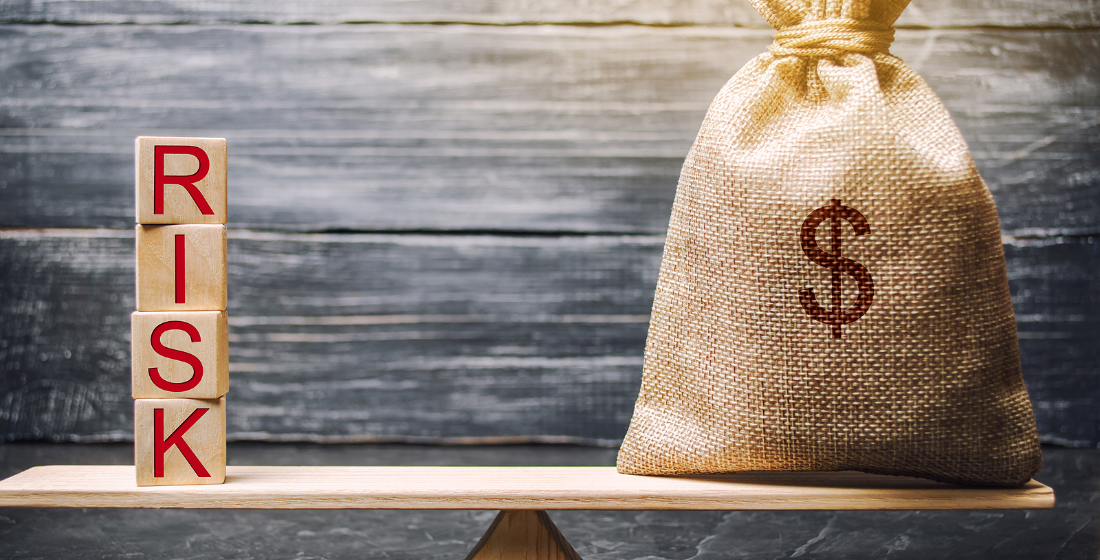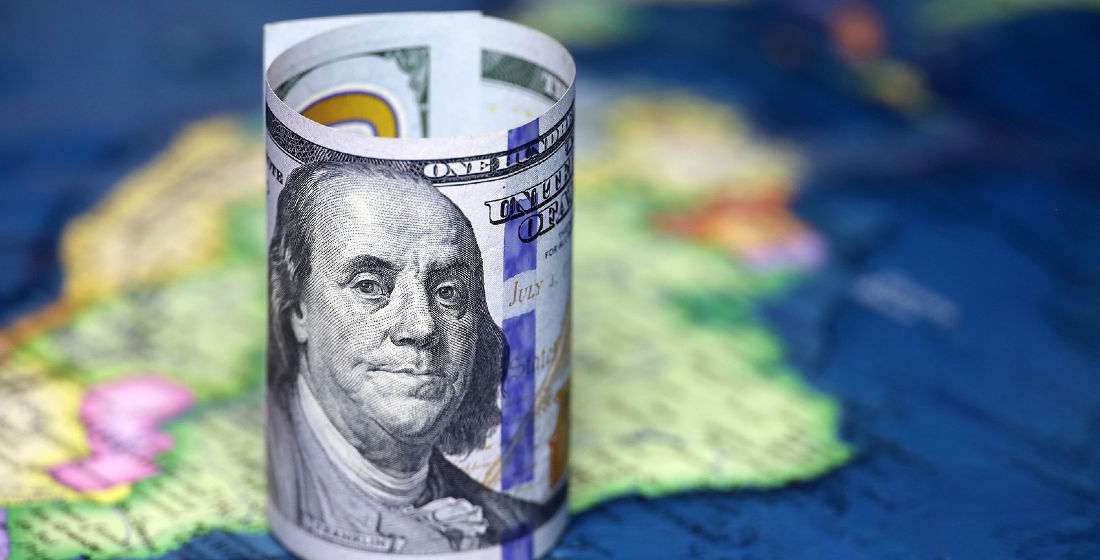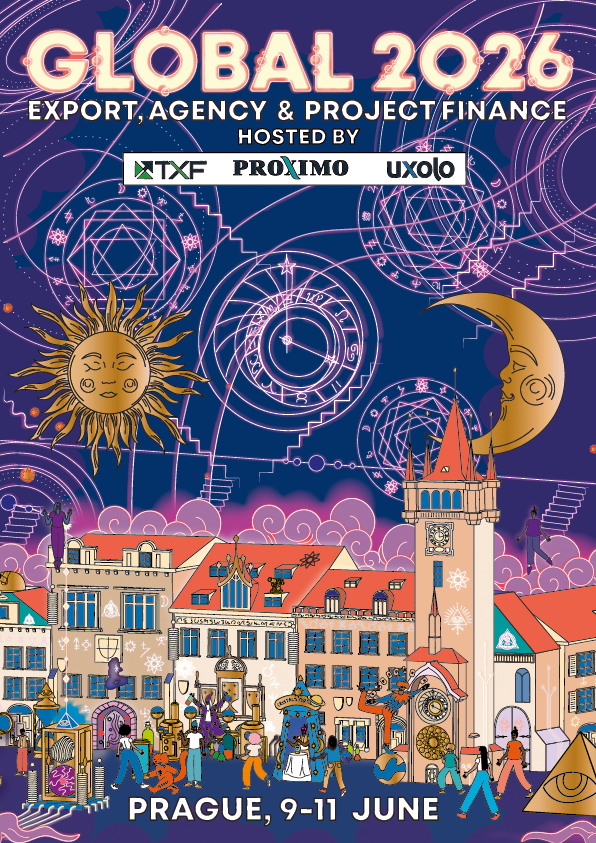IADB’s CFO on the value of MDB exposure exchanges
The ADB and the IADB recently agreed a $1 billion exposure exchange agreement, but the benefits of the instrument are not always the same for the MBDs, reveals IADB’s chief financial officer, Gustavo De Rosa.

In mid-December, the Inter-American Development Bank (IADB) and the Asian Development Bank (ADB) agreed a $1 billion Exposure Exchange Agreement (EEA) transaction. It came following the approval by the ADB’s board of directors for the bank to join the EEA among multilateral development banks (MDBs), part of the MDB balance sheet optimisation agenda promoted by the G20.
An exposure exchange agreement is a tool that provides capital relief for MDBs by reducing sovereign-guaranteed portfolio concentration. The instrument is aimed at providing a cost-effective way to improve capital adequacy ratios especially of regional MDBs, whose portfolio diversification options are limited by the number of their borrowing member countries.
Uxolo caught up with the IADB’s vice president for finance & administration and chief financial officer, Gustavo De Rosa, to discuss this latest transaction as well as the relative value of MDB exposure exchanges in the development finance market.
Uxolo: Could you explain why the IADB and the ADB have entered into this EEA agreement?
Gustavo De Rosa: In 2012 some of the ratings agencies—initially Standard & Poor’s—changed the way they determined how much capital MDBs needed to have and they added something called the ‘concentration adjustment’, which was a way of adjusting their framework for economic capital used with commercial banks to MDBs. Their economic capital framework works for commercial banks, who have thousands of clients, but not for institutions like us, who have 26 clients (26 borrowing member countries), therefore they introduced a kind of penalisation for having very few clients. In the case of regional organisations, it’s a very significant adjustment; it can even, at times, as much as double their capital requirements.
We subsequently started exploring ways of diversifying our portfolio. Obviously we can’t go outside of our region, so the number of clients we can have is already fairly limited. We started to diversify but still the region is pretty economically concentrated in Argentina, Mexico and Brazil, so we couldn’t really diversify that much.
We realised that another way of diversifying would be by synthetically exchanging exposure with other MDBs, like the ADB, the African Development Bank (AfDB) or the World Bank. So, in 2015, we agreed to a $5 billion exposure exchange agreement, with the World Bank and the AfDB.
The World Bank doesn’t really have the same issue because their client base is bigger, but they do have an issue internally, which is their country limits. So exchanging exposure with other MDBs allows them to do more in specific countries where they have already reached their limits. We also have those constraints, but they’re less relevant for us.
Uxolo: Could you expand a bit more on how an exposure exchange actually works in practice?
Gustavo De Rosa: An exposure exchange is a financial derivative that has the same effect as essentially two guarantees tied together. The IADB, in this last transaction we concluded in December 2020, will be guaranteeing a certain percentage of the ADB’s country exposure to a group of countries, and the ADB will be guaranteeing a portion of the exposure that we have to certain countries in Latin America. So, it’s not loan by loan, it’s a pro-rata of an entire exposure to a country.
And the reason we’ve done it that way was to preserve the preferred creditor treatment that we enjoy from our borrowing member countries. So if there’s no ‘non-accrual event’, which is really the guaranteed event, then there are no payments by either MDB.
Like any other financial derivative, its fair value at inception is zero. To achieve this, the amounts exchanged and the country composition on each side of the trade are balanced both on a notional as well as on a risk-weighted basis.
If there is a non-accrual event—in this case a non-payment in excess in 180 days—then the MDB who provided protection to that exposure would pay the other MDB 6 month LIBOR plus 75 basis points over the proportion of the amount that is in non-accrual.
Uxolo: Can you reveal any more of the terms of this exposure exchange with the ADB?
Gustavo De Rosa: The transactions have 15-year tenors and they start to amortise in year 11. For the first 10 years there’s no reduction in the amounts guaranteed and then between year 11 and 15, the two sides reduce the amounts by 20% each year.
Also, one of the conditions that we included in the framework agreement is that each institution has to retain at least 50% of the exposure entirely unhedged.
Uxolo: You mentioned earlier that the World Bank uses exposure exchanges for different reasons to the IADB. Could you elaborate on that?
Gustavo De Rosa: The instrument benefits different MDBs in different ways. For all of us, it improves the capital ratio. For example, Standard & Poor’s uses something called the risk-adjusted capital ratio (RAC). That ratio needs to be higher than 15% to classify as ‘very strong’ and higher than 23% to qualify as ‘extremely strong’. Now, what MDBs then do with that improvement differs between institutions.
It’s my understanding that the AfDB, for example, took it and increased lending. I believe the World Bank didn’t see a significant improvement in their capital ratios, because the concentration wasn’t necessarily an issue for them, but they did get some relief for their own internal country limits so they used that to increase lending to those countries.
In our case we see this as a risk management instrument; creating additional financial resilience and risk-absorption capacity for the bank to be able to continue operating, at times increasing lending, without having to adjust because of downgrades in the credit rating of our borrowing member countries. We have two mandates from the board of governors: one is to develop the region socially and economically, and the other is to preserve our Triple-A rating. Sometimes those mandates can be in conflict. So these instruments are useful to absorb some of that stress on our rating, which is exacerbated by economic crises like the one at the moment.
Uxolo: Have you got any other exposure exchanges in the pipeline?
Gustavo De Rosa: At this point we do not have other exposure exchanges in sight. Also, the instrument has some inherent limitations such as reaching an equilibrium of amounts and countries where the risk weighting of the country and the amounts are exactly equal on either side. But we remain open to new transactions and can certainly do a bit more.
There may be rollovers of this transaction, and the 2015 World Bank and AfDB ones, at the end of their 15-year tenors or earlier as they start to amortise, but it’s too early to tell yet.





